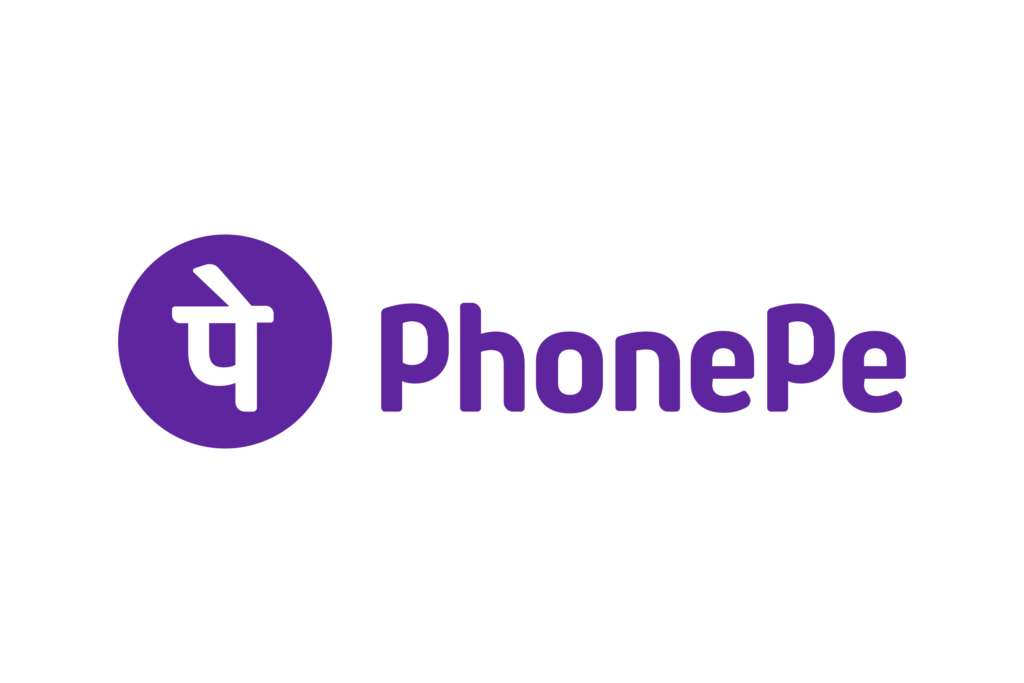In July 2020, a significant cybersecurity incident came to light involving a Blackbaud providing customer relationship management (CRM) services to hundreds of nonprofits and educational facilities. Blackbaud disclosed that it had suffered a ransomware attack, potentially compromising the data of over 120 education and third-sector organisations. The attack, which took place in February 2020 and was discovered in May 2020, occurred during a time when many affected organisations were already struggling with disruptions caused by the COVID-19 pandemic.
The cybercriminals infiltrated the Blackbaud’s servers, encrypting data sets and exfiltrating a subset of data before being locked out. In a controversial move, the Blackbaud admitted to paying an undisclosed ransom amount to retrieve the data. They assured that the compromised data did not include bank account or payment card details. However, sensitive donor information such as names, ages, addresses, estimated wealth, identified assets, past donations, and the likelihood of making a bequest triggered by their death was involved.
In November 2020, the Blackbaud confirmed insurance recoveries related to the incident. Fast forward to March 2023, the Blackbaud reached a $3 million settlement with the SEC concerning the attack. Later that year, in October, the Blackbaud agreed to a $49.5 million settlement with attorneys general from 49 U.S. states to resolve a multi-state investigation regarding the ransomware attack and subsequent data breach.
Introduction
The increasing sophistication of cyber threats poses a significant risk to organisations across various sectors. Ransomware attacks, in particular, have emerged as a formidable challenge, capable of disrupting operations, compromising sensitive data, and inflicting substantial financial losses. In this context, the 2020 ransomware attack on a CRM service provider for non-profits and educational institutions serves as a stark reminder of the evolving cyber threat landscape.
This article delves into the details of the ransomware attack, its impact on the Blackbaud and its clients, the controversial decision to pay the ransom, and the subsequent legal and financial repercussions. Through this comprehensive analysis, we aim to shed light on the critical lessons learned from this incident and the importance of robust cybersecurity measures.
The Ransomware Attack: A Timeline
- February 2020: The Breach
The ransomware attack occurred in February 2020, targeting the CRM service provider’s servers. The cybercriminals managed to gain access to the Blackbaud’s systems, encrypting several data sets and exfiltrating a subset of sensitive information. At the time of the attack, the Blackbaud was unaware of the breach, allowing the attackers to operate undetected for several months.
- May 2020: Discovery of the Breach
The breach was discovered in May 2020, as the Blackbaud was conducting routine security checks. The timing of the discovery was particularly challenging, as many of the affected non-profit and educational organisations were grappling with the operational disruptions caused by the COVID-19 pandemic. The Blackbaud’s initial response focused on assessing the extent of the breach and implementing measures to prevent further unauthorised access.
- July 2020: Public Disclosure
In July 2020, the Blackbaud publicly disclosed the ransomware attack, revealing that more than 120 education and third-sector organisations might have had their data compromised. The announcement sent shockwaves through the non-profit and educational communities, raising concerns about the security of donor information and other sensitive data.
The Decision to Pay the Ransom
In a controversial move, the Blackbaud decided to pay an undisclosed ransom amount to the cybercriminals in exchange for the decryption keys and a promise to destroy the exfiltrated data. This decision was driven by several factors, including the need to restore access to critical data, mitigate potential legal and financial liabilities, and protect the interests of their clients.
- Ethical and Legal Considerations
The decision to pay the ransom was met with mixed reactions. On one hand, paying the ransom allowed the Blackbaud to quickly regain access to encrypted data and minimise operational disruptions. On the other hand, it raised ethical and legal concerns, as it potentially incentivized cybercriminals to continue their illicit activities.
- Assurance of Data Security
The Blackbaud assured its clients and stakeholders that the compromised data did not include bank account or payment card details. However, the exfiltrated data did involve sensitive donor information, including names, ages, addresses, estimated wealth, identified assets, past donations, and the likelihood of making a bequest triggered by their death. This raised significant privacy concerns and highlighted the need for robust data protection measures.
Financial and Legal Repercussions
The financial and legal repercussions of the ransomware attack were substantial, underscoring the far-reaching impact of cybersecurity breaches.
- November 2020: Insurance Recoveries
In November 2020, the Blackbaud confirmed that it had secured insurance recoveries related to the ransomware incident. The insurance coverage helped mitigate some of the financial losses incurred due to the attack, including the costs associated with the ransom payment, forensic investigations, and remedial measures.
- March 2023: SEC Settlement
In March 2023, the Blackbaud reached a $3 million settlement with the U.S. Securities and Exchange Commission (SEC) concerning the ransomware attack. The settlement addressed allegations that the Blackbaud had failed to adequately disclose the breach and its potential impact on investors. The SEC’s involvement highlighted the regulatory scrutiny faced by companies in the wake of significant cybersecurity incidents.
- October 2023: Multi-State Settlement
In October 2023, the Blackbaud reached a $49.5 million settlement with attorneys general from 49 U.S. states to resolve a multi-state investigation into the ransomware attack and subsequent data breach. The settlement included provisions for compensation to affected organisations, implementation of enhanced cybersecurity measures, and ongoing monitoring to ensure compliance with data protection regulations.
Lessons Learned and Best Practices
The 2020 ransomware attack on the CRM service provider offers several critical lessons for organisations seeking to enhance their cybersecurity posture.
- Importance of Proactive Security Measures
The incident underscores the importance of proactive security measures, including regular security assessments, robust data encryption, and continuous monitoring for potential threats. Organisations must invest in advanced cybersecurity technologies and maintain a vigilant approach to identifying and mitigating vulnerabilities.
- Incident Response Readiness
Effective incident response readiness is crucial for minimising the impact of cybersecurity breaches. Organisations should develop and regularly update incident response plans, conduct simulated exercises to test their effectiveness, and ensure that all employees are trained on their roles and responsibilities in the event of a breach.
- Ethical Considerations in Ransom Payments
The decision to pay a ransom in the event of a cybersecurity breach is fraught with ethical and legal considerations. Organisations must weigh the potential benefits of regaining access to critical data against the risks of incentivizing criminal behaviour. In many cases, engaging with law enforcement and seeking alternative solutions may be a more prudent course of action.
- Regulatory Compliance and Transparency
The legal and financial repercussions faced by the CRM service provider highlight the importance of regulatory compliance and transparency in the aftermath of a cybersecurity incident. Organisations must ensure that they adhere to data protection regulations and provide timely, accurate disclosures to stakeholders and regulatory authorities.
Conclusion
The 2020 ransomware attack on a CRM service provider for non-profits and educational institutions serves as a stark reminder of the evolving cyber threat landscape and the critical importance of robust cybersecurity measures. The incident, which led to the compromise of sensitive donor information and significant financial and legal repercussions, underscores the need for organisations to adopt proactive security measures, maintain incident response readiness, and navigate the ethical and legal complexities of ransom payments.
By learning from this incident and implementing best practices, organisations can enhance their resilience against cyber threats and protect the sensitive data entrusted to their care. As the threat landscape continues to evolve, the lessons learned from past incidents will play a crucial role in shaping the future of cybersecurity.
FAQs
1. What kind of data was compromised in the ransomware attack?
The compromised data included sensitive donor information such as names, ages, addresses, estimated wealth, identified assets, past donations, and the likelihood of making a bequest triggered by their death. However, it did not include bank account or payment card details.
2. Why did the Blackbaud decide to pay the ransom?
The Blackbaud decided to pay the ransom to quickly regain access to encrypted data, mitigate potential legal and financial liabilities, and protect the interests of their clients.
3. What were the financial repercussions of the ransomware attack?
The financial repercussions included insurance recoveries confirmed in November 2020, a $3 million settlement with the SEC in March 2023, and a $49.5 million settlement with attorneys general from 49 U.S. states in October 2023.
4. How did the Blackbaud ensure that the compromised data was destroyed?
The Blackbaud received assurances from the cybercriminals that the exfiltrated data would be destroyed in exchange for the ransom payment. While the ethical and legal implications of this decision were controversial, it was seen as a necessary step to protect sensitive information.
5. What measures did the Blackbaud implement to prevent future cyber attacks?
Following the attack, the Blackbaud implemented enhanced cybersecurity measures, conducted regular security assessments, and ensured continuous monitoring for potential threats. They also developed and updated incident response plans and provided training for employees on their roles and responsibilities in the event of a breach.
Click here, to know more about Mailchimp’s Consecutive Social Engineering Attacks.









